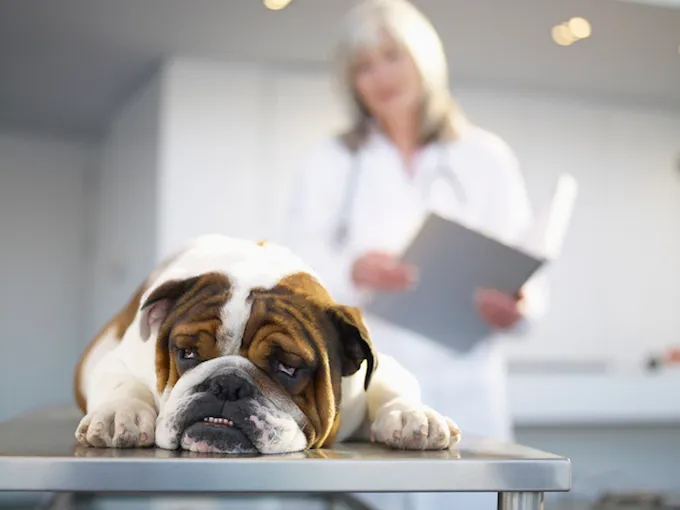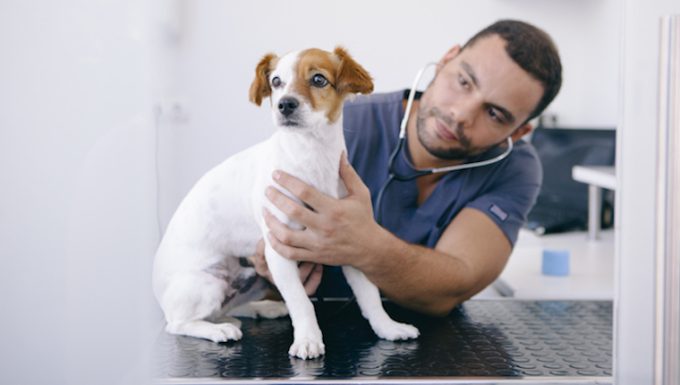Hemoglobinuria and myoglobinuria in dogs involves red blood cells not being able to carry oxygen. The condition can cause serious problems including shock.
Technically, hemoglobin carries oxygen in the red blood cells. Myoglobin does a similar job to the muscles.
If you see the signs of hemoglobinuria and myoglobinuria in your dog, then get to a veterinarian for a proper diagnosis and treatment.
Here’s what you should know about the symptoms, causes, and treatments for the condition.
Symptoms of Hemoglobinuria and Myoglobinuria in Dogs
The condition produces a wide range of symptoms. For example, some of the most common symptoms include:
- High heart rate
- Fever
- Lethargy
- Urine with blood in it
- Gums turning pale
- Jaundice
- Fatigue
Causes of Hemoglobinuria and Myoglobinuria in Dogs

The cause of the condition can be one of a wide range of things. For instance, some of the most common causes include:
- Kidney infections
- E. coli infection
- Bacterial infections
- Viral infections
- Presence of toxins (including mercury and copper)
- Exercising too vigorously
- Trauma (including electric shock)
- Eating onions
- The medicine acetaminophen
Additionally, in some cases the condition is idiopathic. This means the cause is unknown.
Treatments for Hemoglobinuria and Myoglobinuria in Dogs
Firstly, your vet will ask about your dog’s symptoms. Secondly, your vet will ask about your dog’s full medical history.
Thirdly, a full physical examination will be carried out. Blood and urine tests will be taken. These tests will also include your dog’s zinc and copper levels. Additionally, ultrasounds and radiographs can be used.
Treatment will focus on stabilizing your dog. This can involve a stay in hospital. Fluid therapy will be used.
Additionally, medication is used to treat the condition. This is especially so if an infection is the cause.
As always, if your vet prescribes your dog any medicine, make sure to stick to the correct dose and frequency instructions. Also, complete the full course of medicine.
While recovering at home it is important to provide your dog with a quiet and calm environment. Also, keep up regular visits with your vet to monitor your dog’s recovery.
Have you ever cared for a dog who suffered from this condition? How did your vet help your dog recover? Let us know in the comments section below.









